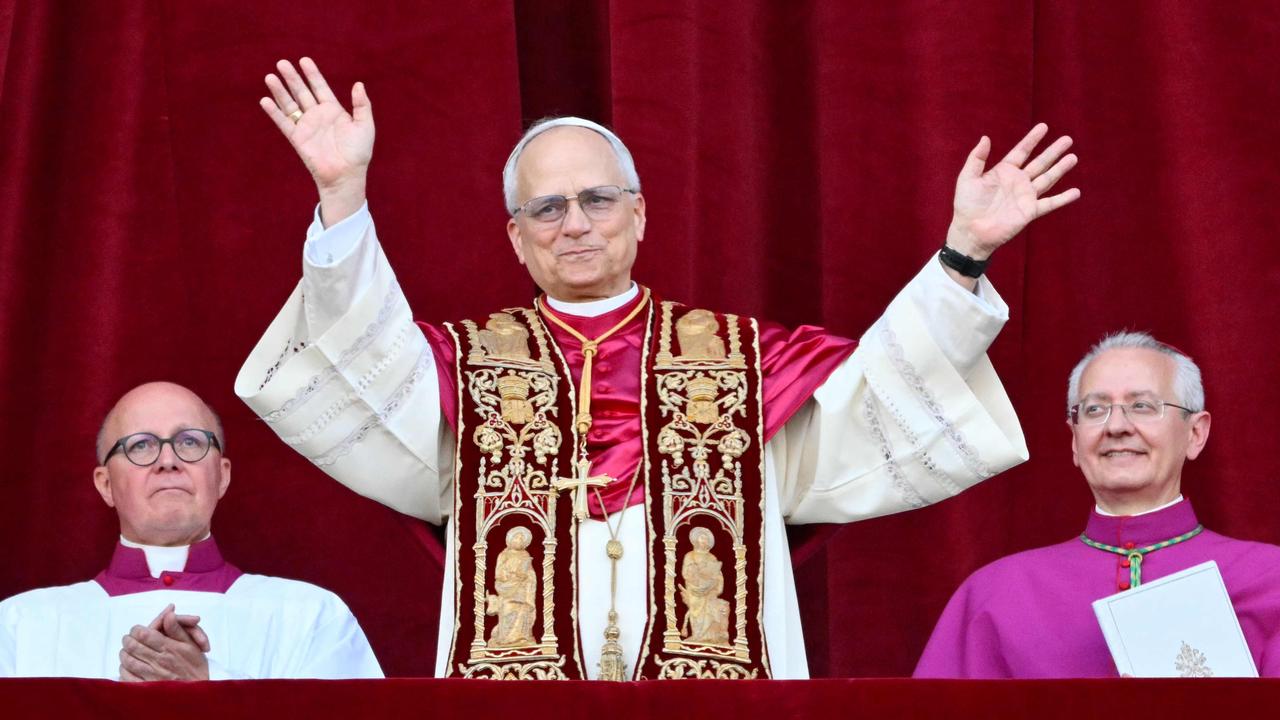The 267th pope will join a storied list of past heads of the Holy See
As the 267th pontiff, Pope Leo XIV will join a storied list of past heads of the Holy See. We take a look back at the world’s last 50 popes.

Europe
Don't miss out on the headlines from Europe. Followed categories will be added to My News.
Throughout history, there’s been so much drama at the top of the Catholic Church, it’s no wonder the movie Conclave was a massive hit and nominated for a swag of Oscars.
Indeed, not every pope has been the humble leader that the late Pope Francis clearly was. Through history there have been some popes who are best remembered by their violent tempers, shocking sex scandals, and shady financial practices. Some have died violently, some have been murderous, some have been deposed, and others have been just plain corrupt.
Take Julius II who was described as “the most ferocious pope” of the period.
He was said to be imperious and hot-tempered and liked to dress up in armour and lead troops up and down Italy, engaging in battles to extend the reach of the church’s territory.
But Julius II, the 216th pope, had also contracted syphilis, apparently via prostitutes, and on Good Friday in 1508 his feet were so covered by sores that the faithful could not kiss them.
Then there was Pope Sixtus II who was beheaded by the Roman Emperor Valerian during a period of persecution of Christians. He was murdered along with four deacons while in a Roman cemetery, which has been described as a major instance of papal martyrdom.
A few popes have been ditched during their terms, often due to political turmoil or fault lines within the Church. Pope Benedict IX, who was initially the youngest pope at 18, was deposed an incredible three times, and Pope John XXIII, who was deposed by the Council of Constance.
Sergius III spent his reign as pope under the influence of the powerful Theophylact of Tusculum, the medieval ruler of Rome. Before becoming pontiff, he actively participated in the Cadaver Synod, the posthumous ecclesiastical trial of Pope Formosus during which his corpse was exhumed and put on trial in Rome’s Basilica of St. John Lateran. Upon assuming power, Sergius III reportedly had his two predecessors murdered in prison.
Alexander VI was known for having many mistresses and he openly recognised several children as his own. Besides breaking his vows of celibacy, Alexander VI’s name became synonymous with nepotism. He made sure that family members held key positions of power, and he annulled marriages in exchange for alliances. He also made sure to align himself with whoever benefited him most.
Some, of course, were suspicious of science. Urban VIII was instrumental on throwing scientist Galileo on trial over his discovery that the sun is really at the centre of the universe — not the earth. Galileo was forced to revoke his findings as “abjured, cursed, and detested” or be burned at the stake.
Galileo lived but the church didn’t formally apologise until 1992, roughly 350 years later.
Then there were the “brief” popes. Pope Urban VII reigned for 12 days, Pope Marcellus II came in at 22 days, and Pope Leo XI at 27 days. More recently, Pope John I lasted in the top job for just 33 days when he died of a heart attack in September 1978. John I had told cardinals not to elect him given his worries around his health but they went ahead and did it anyway.
Pope Leo XIV now joins a storied list of past heads of the Holy See. From the shortest reigning Pope and the pontiff known for major building projects such as the remarkable facade of St Peter’s Basilica to the outspoken ones who condemned the French Revolution and called for peace in Gaza, we take a look back at the world’s last 10 popes.
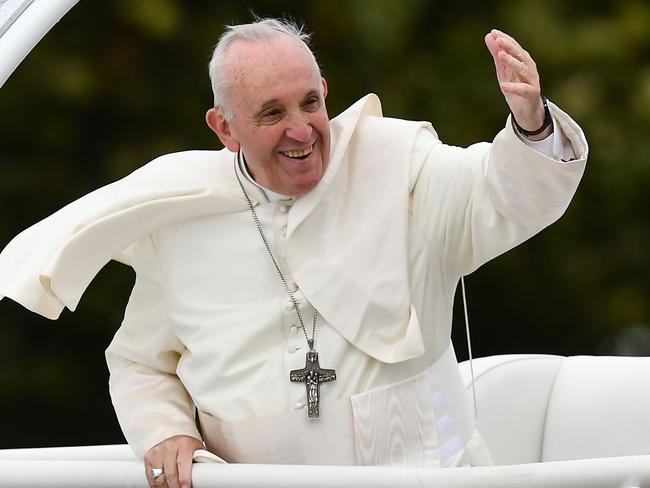
Francis
March 13, 2013, to April 21, 2025
He would often lament wars across the world, such as the conflict in Gaza, speak out about climate change and slam anti-LGBTQ+ laws. He was also the pope of firsts, where he was the first pope from the Americas, the first Jesuit pope, and the first to choose the name Francis.
Benedict XVI
April 19, 2005, to February 28, 2013
The first German pontiff since Stephen IX in 1057, Benedict will be remembered primarily as the first pope to retire, rather than to die in office, since Gregory XII more than 600 years ago, in 1415.
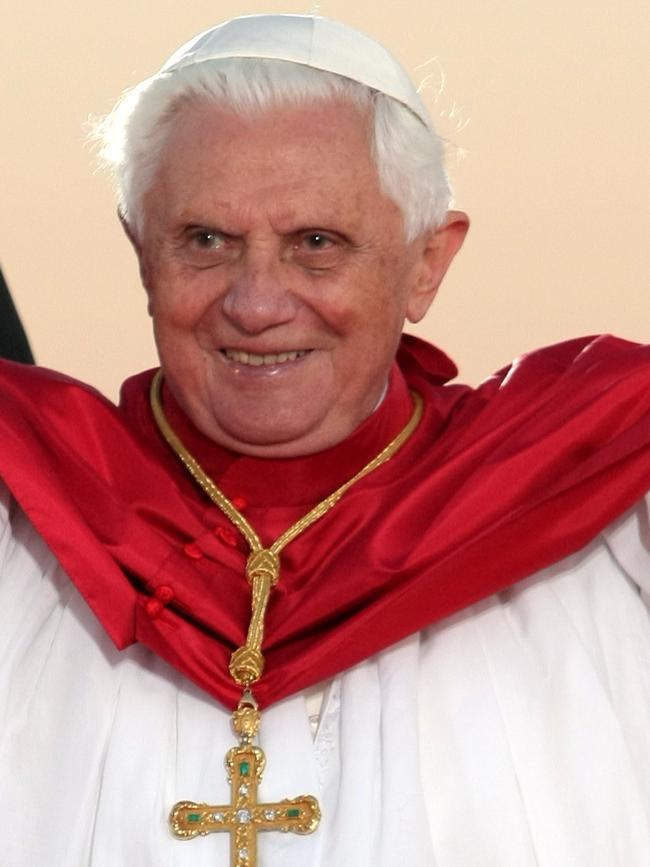

John Paul II
October 16, 1978, to April 2, 2005
He was the first Polish pope and first non-Italian pope in 455 years. He Canonised more saints than all of his predecessors and was the longest serving pope since Pius IX (1846-1878).
John Paul I
August 26, 1978, to September 28, 1978
Known affectionately as “the Smiling Pope” on account of the smile he often displayed in public, the pontification of Pope John Paul I was one of the shortest in history, dying just 33 days after he was elected.
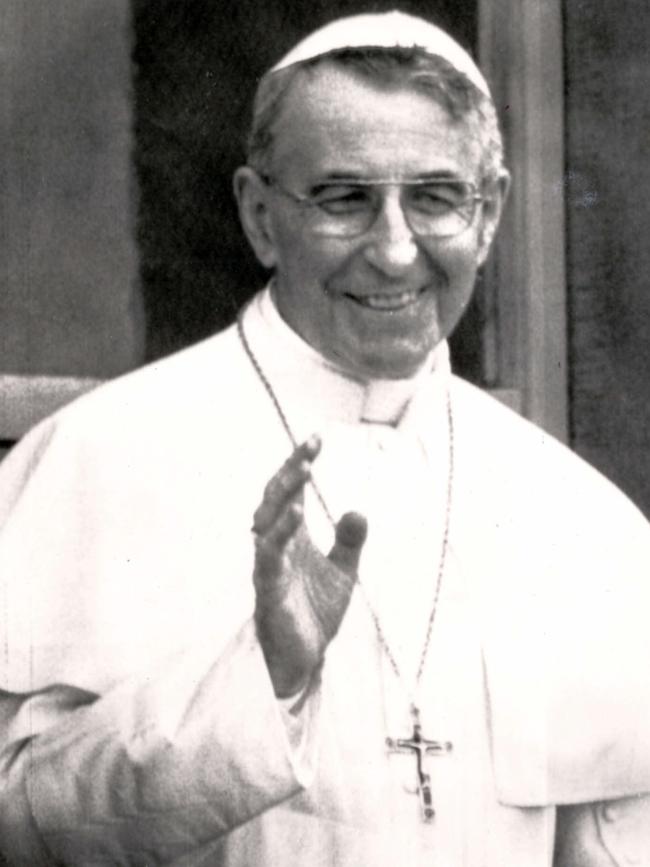
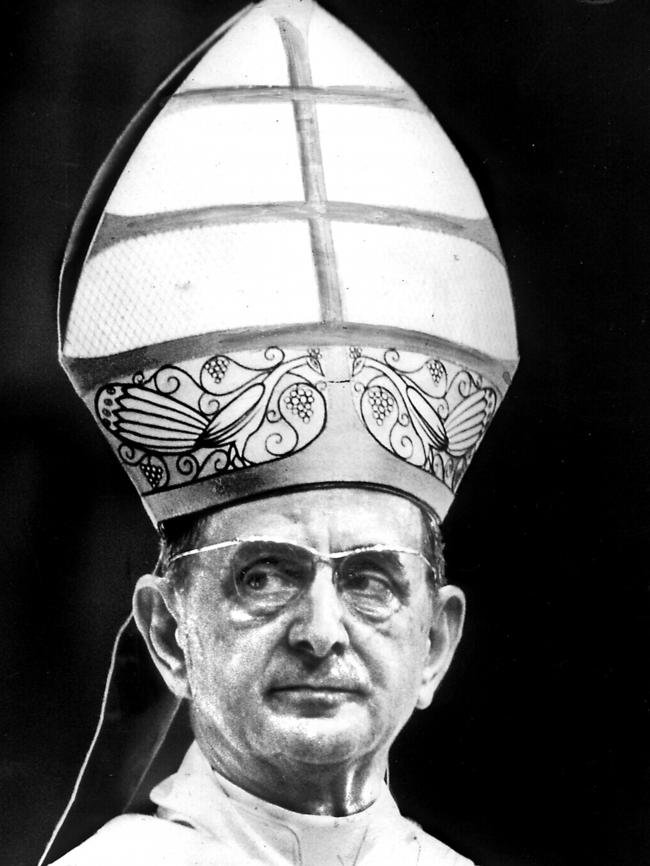
Paul VI
June 21, 1963, to August 6, 1978
He was the last pope to be crowned with the Papal Tiara, and the first pontiff to travel to the United States.
John XXIII
October 28, 1958, to June 3, 1963
Known as “The Good Pope” for his humble and pastoral character, he is best known for convening the Second Vatican Council.
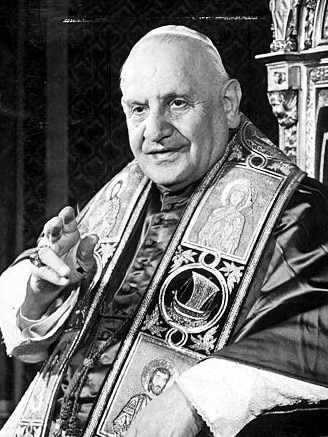

Pius XII
March 2, 1939, to October 9, 1958
He faced the challenge of leading the Church during the horrors of World War II and, thanks to him, thousands of Jews in Rome survived the Holocaust. Pope Pius used his influence and resources to hide Jews in monasteries and convents, with his diplomatic efforts helping to also save Jewish lives in various countries.
Pius XI
February 6, 1922, to February 10, 1939
He signed the Lateran Treaty with Italy, establishing the Vatican City as a sovereign state.
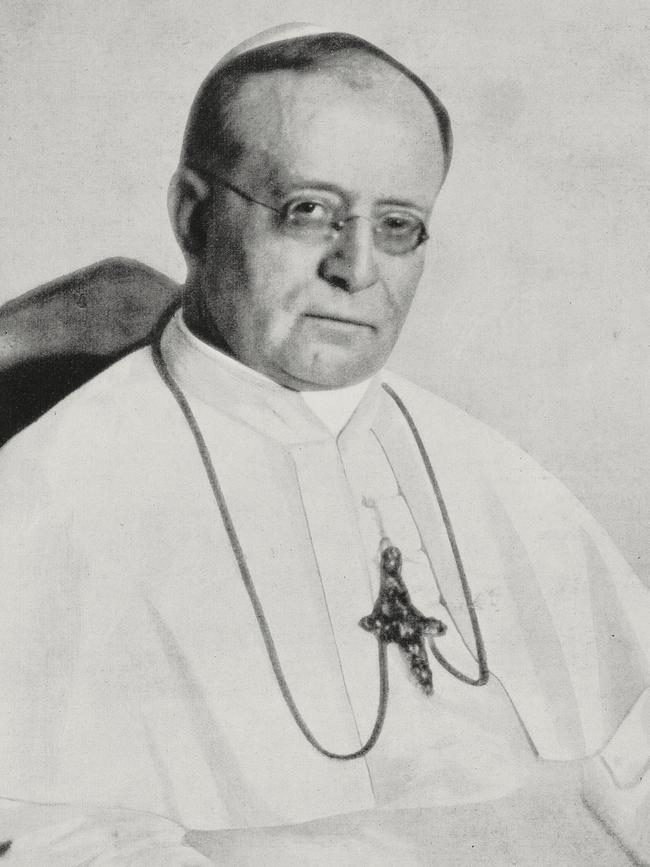

Benedict XV
September 3, 1914, to January 22, 1922
He signed a famous peace note three years after the outbreak of World War I urging governments of the countries engaged in conflict to stop the “useless slaughter”.
Pius X
August 4, 1903, to August 20, 1914
Regarded as one of the 20th century’s greatest popes, he lowered the age for Holy Communion, meaning children aged from 12 to seven years old could receive it.
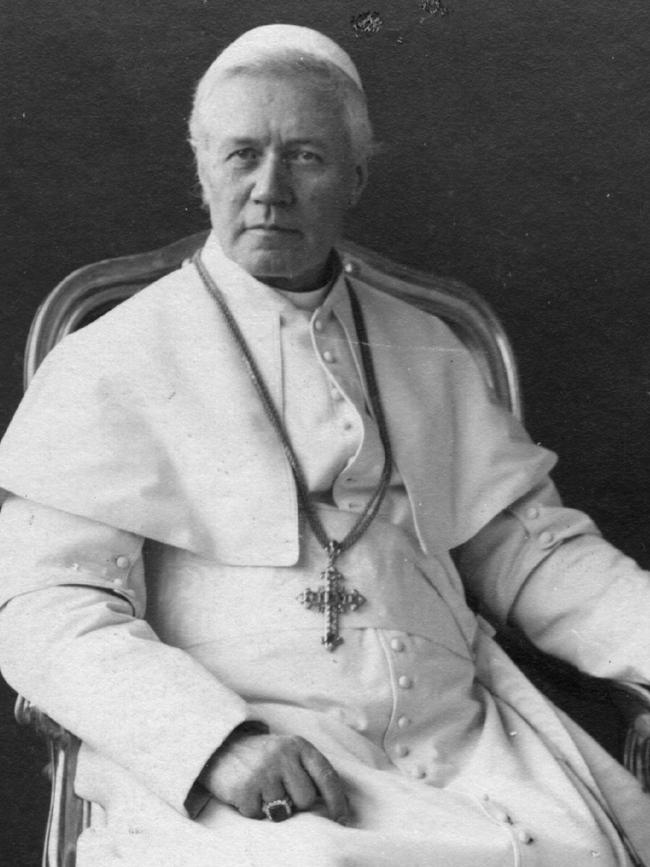

Leo XIII
February 20, 1878, to July 20, 1903
He wanted the Catholic Church to be more active in communicating with the world and more accessible, and to be open to exploring secular and scientific topics.
Pius IX
June 16, 1846, to February 7, 1878
One of his greatest acts came after the fall of Rome and the subsequent end of the “temporal power of the pope” where he locked himself in the Vatican, declaring himself a “prisoner.” This became an example of dignity and detachment from the temporal order for his exercise of religious freedom in the face of secular power.
Gregory XVI
February 2, 1831, to June 1, 1846
The last non-bishop to be elected, he is best known for establishing the first recorded large-scale mission from Rome, the Gregorian mission, to convert the then largely pagan Anglo-Saxons to Christianity.
Pius VIII
March 31, 1829, to December 1, 1830
He famously declared that mixed marriages between Protestants and Catholics could only be properly blessed if proper provisions had been made to ensure the children were raised Catholic.

Leo XII
September 28, 1823, to February 10, 1829
He was known as a deeply conservative leader of the Catholic Church, where he enforced many controversial laws such as forbidding Jews to own property.
Pius VII
March 14, 1800, to August 20, 1823
He was present at Napoleon’s coronation as Emperor of the French. Due to a reluctance to align the Papal States to join the Continental System, France occupied and annexed the Papal States in 1809 and exiled Pius VII to Savona.
Pius VI
February 15, 1775, to August 29, 1799
He bravely condemned the French Revolution and was expelled from the Papal States by French troops from 1798 until his death.
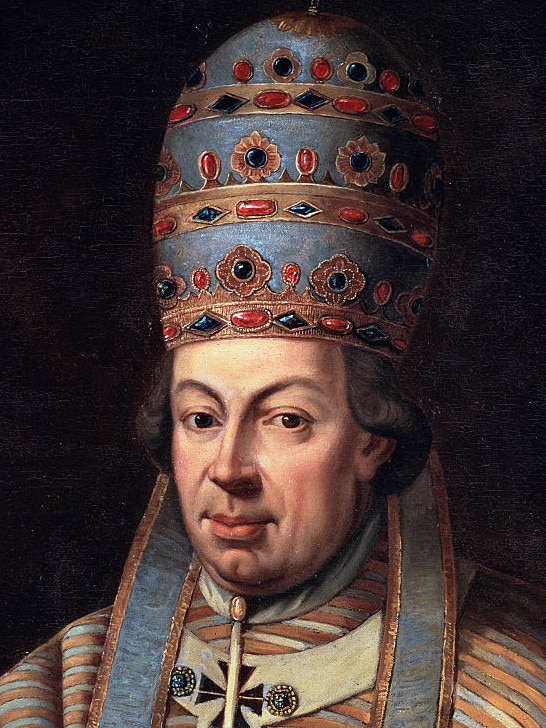

Clement XIV
May 19, 1769, to September 22, 1774
Facing pressure by the royal courts of Portugal, France and Spain, he suppressed the Jesuits, causing them to renounce their vows and go into exile.
Clement XIII
July 6, 1758, to February 2, 1769
He was a champion of Jesuits and one of the few early popes who favoured dialogue with Protestants.
Benedict XIV
August 17, 1740, to May 3, 1758
Of a noble family, he received a doctorate in theology and law from the University of Rome and was known for his promotion of scientific learning.
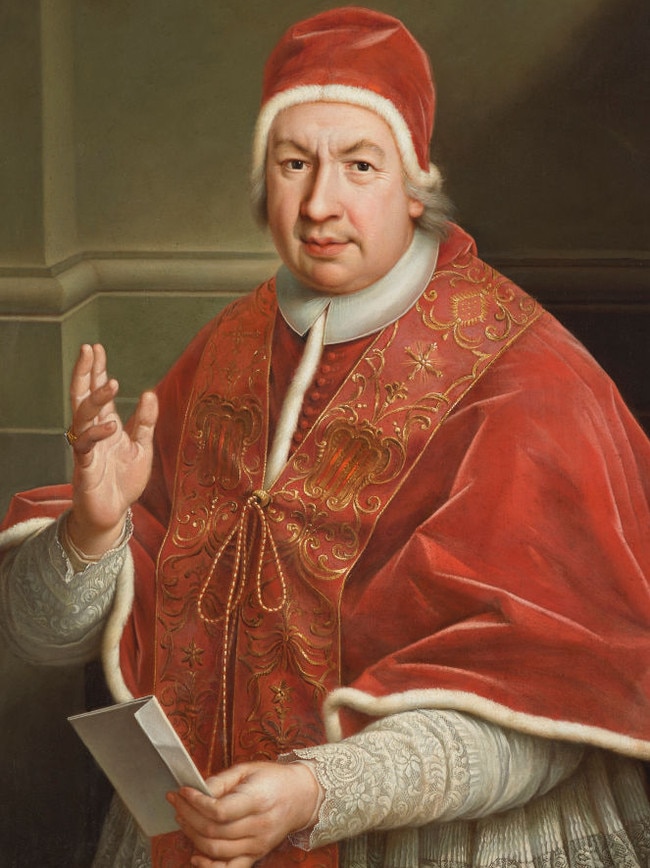
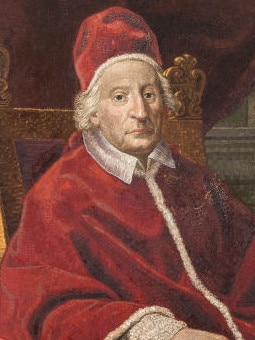
Clement XII
July 12, 1730, to February 6, 1740
He was pope at a time when of a growth of a surplus in papal finances and became known for beginning construction of Rome’s famous Trevi Fountain.
Benedict XIII
May 29, 1724, to February 21, 1730
A member of the Dominican Order, he built several hospitals and inaugurated the famous Spanish Steps in 1927.
Innocent XIII
May 8, 1721, to March 7, 1724
The last pope to date to take the pontifical name of “Innocent” upon his election, he took steps to end the practice of nepotism by issuing a decree which forbade his successors from granting land, offices or income to any relatives.
Clement XI
November 23, 1700, to March 19, 1721
A patron of the arts and of science, he had a penchant for archaeology and is credited with saving much of Rome’s antiquity.
Innocent XII
July 12, 1691, to September 27, 1700
Known as a reforming pope, he criticised a number of clerical abuses, particularly nepotism.
Alexander VIII
October 6, 1689, to February 1, 1691
He was outspoken against Gallicanism, a French clerical and political movement that sought to limit papal authority.
Innocent XI
September 21, 1676, to August 11-12, 1689
He is highly regarded as one of the best popes of the 17th century due to his moral compass, where at a time plagued by papal corruption, he steered clear of nepotism.
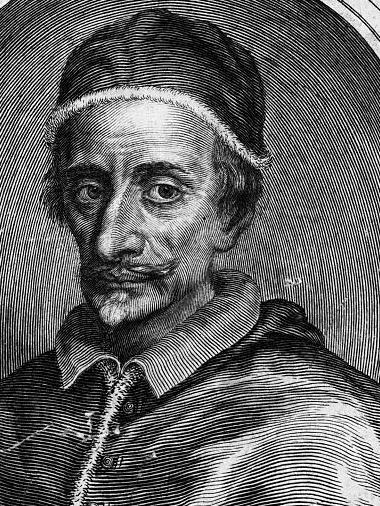

Clement X
April 29, 1670, to July 22, 1676
He canonised and beatified many saints, supported good relations between Christian countries and had two fountains located in St. Peter’s Square built near the tribune, where a monument has been built in his memory.
Clement IX
June 20, 1667, to December 9, 1669
He had a penchant for literature and loved writing letters, poetry, dramas, and texts for extended musical works.
Alexander VII
April 7, 1655, to May 22, 1667
He was interested in architecture and supported various urban projects in Rome. He also wrote poetry and patronised artists who expanded the decoration of churches.
Innocent X
September 15, 1645, to January 7, 1655
Trained as a lawyer, he served as a papal diplomat to Naples, France, and Spain before becoming pope. He was involved in major political events such as the English Civil War and conflicts with French church officials over financial fraud issues.


Urban VIII
August 6, 1623, to July 29, 1644
He was directly involved in Galileo’s trial. He was the one who summoned Galileo to Rome and ordered his second trial, where Galileo was found “vehemently suspected of heresy” for his views on the heliocentric model of the solar system, that the sun was the centre of the solar system and that Earth was just one of many planets orbiting the star.
Gregory XV
February 9, 1621, to July 8, 1623
He introduced the secret ballot in papal elections, as well as established the first permanent board of control of Roman Catholic foreign missions.
Paul V
May 16, 1605, to January 28, 1621
He is known for supporting major building projects, such as the iconic facade of the Vatican’s St. Peter’s Basilica.
Leo XI
April 1, 1605, to April 27, 1605
His pontificate is one of the briefest in history, having lasted less than a month.
Clement VIII
January 30, 1592, to March 3, 1605
According to legend, some of his advisers labelled coffee the “bitter invention of Satan” and called on Pope Clement VIII to forbid Christians from drinking it. Hower, he tasted it first, and ended up blessing the drink instead, declaring it was so “delicious that it would be a pity to let the infidels have exclusive use of it”.
Innocent IX
October 29, 1591, to December 30, 1591
Despite being ill, he made a pilgrimage of Rome’s seven pilgrimage churches and caught a cold. This led to a heavy cough combined with a fever that eventually led to his death.
Gregory XIV
December 5, 1590, to October 15/16, 1591
The son of a Milanese senator whose mother died in childbirth, one of his famous acts was, in a decree, ordering reparations to be made by Catholics in the Philippines to the natives, who had been forced into slavery by Europeans.
Urban VII
September 15, 1590, to September 27, 1590
He is the shortest-reigning pope, of just 13 days, where he died of malaria before his coronation.
Sixtus V
April 24, 1585, to August 27, 1590
He cracked down on corruption and lawlessness across Rome, however, this came at a cost. He needed to implement heavy taxes, which caused widespread suffering.
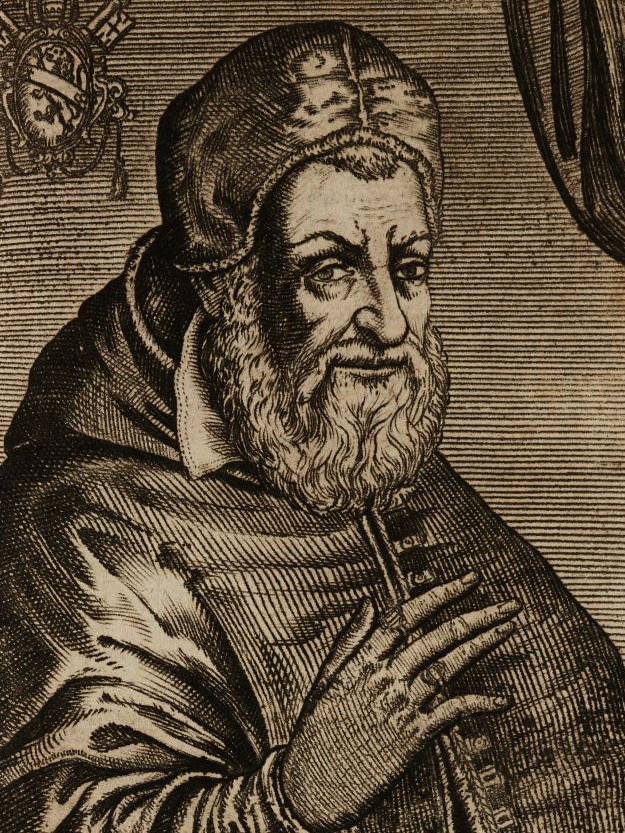
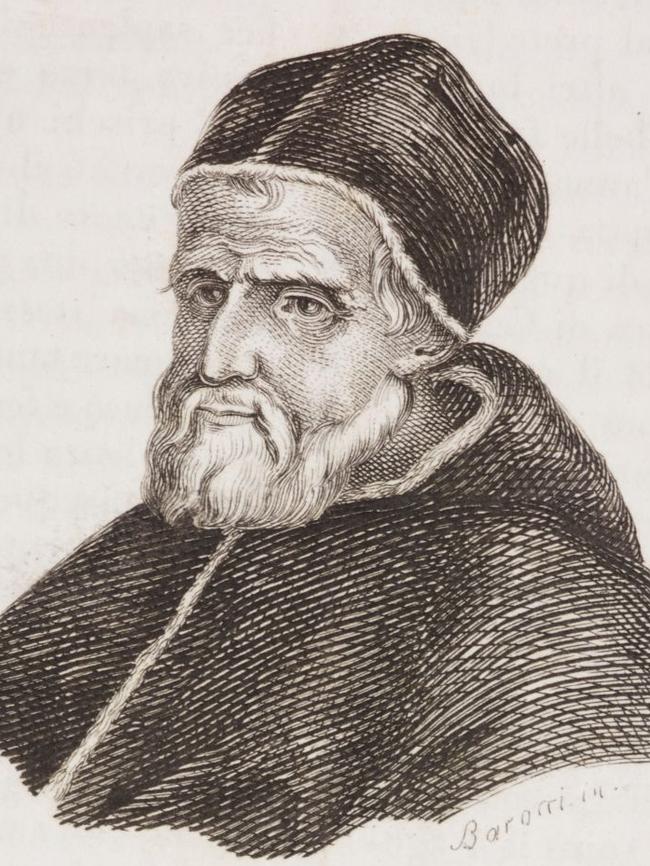
Gregory XIII
May 13, 1572, to April 10, 1585
He is famously known for reforming the Julian calendar, resulting in the Gregorian calendar we use today. He wanted to address inaccuracies in the Julian calendar, introduced by Julius Caesar, which had a slight error in the calculation of the year’s length, causing a gradual drift away from the actual solar year.
Pius V
January 7, 1566, to May 1, 1572
His pontificate was no easy feat, facing challenges of internal reform of the Church, the spread of Protestant doctrines in the West, and Turkish armies advancing from the East.
Pius IV
December 26, 1559, to December 9, 1565
He presided over the final session The Council of Trent, a gathering of Catholic bishops and other clergy held from 1545 to 1563 which served as the Catholic Church’s formal response to doctrinal challenges of the Protestant Reformation. He also helped launch various infrastructure projects in Rome, including one to improve the water supply.
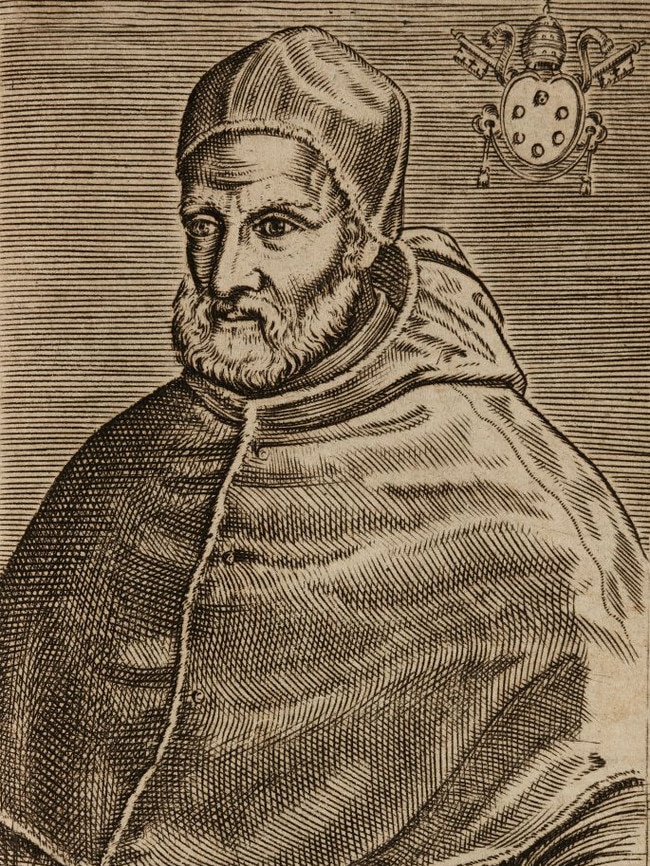
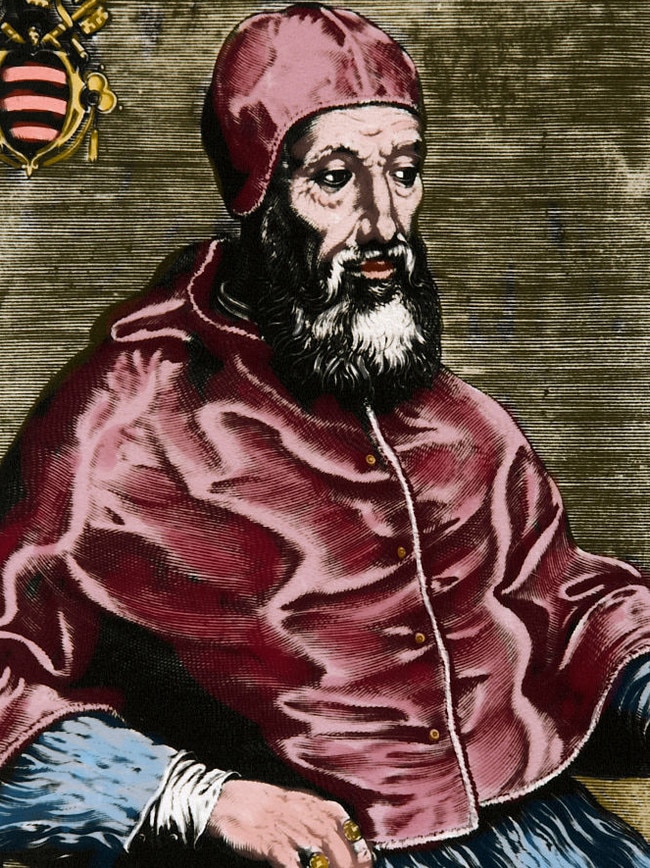
Paul IV
May 23, 1555, to August 18, 1559
He played a major role in the Counter-Reformation, a movement aimed at reforming the Church and countering the rise of Protestantism. His anti-Spanish policy renewed the war between France and the Habsburgs.
Marcellus II
April 9, 1555, to April 30 or May 1, 1555
One of the few popes to retain his baptismal name after becoming pope, he died after a reign of only 22 days due to an illness he picked up while performing pontifical functions of Holy Week and Easter.
Julius III
February 7, 1550, to March 29, 1555
Known not to have made many attempts at reform, his reputation, and that of the Catholic Church, were greatly harmed by his relationship with his adopted nephew, Innocenzo Ciocchi Del Monte, which caused a grave scandal in the 16th century.
Paul III
October 13, 1534, to November 10, 1549
He fathered four children out of wedlock and viewed the throne as an opportunity to fill his coffers where he placed his relatives in high positions.
Clement VII
November 26, 1523, to September 25, 1534
He was a highly regarded pope, where he forbade the persecution of Jews in Rome and sponsored the artistic works of Cellini, Raphael and Michelangelo, including the completion of the Sistine Chapel.
Adrian VI
January 9, 1522, to September 14, 1523
He is the only Dutchman to become pope and the last non-Italian pope until the Polish John Paul II 455 years later.
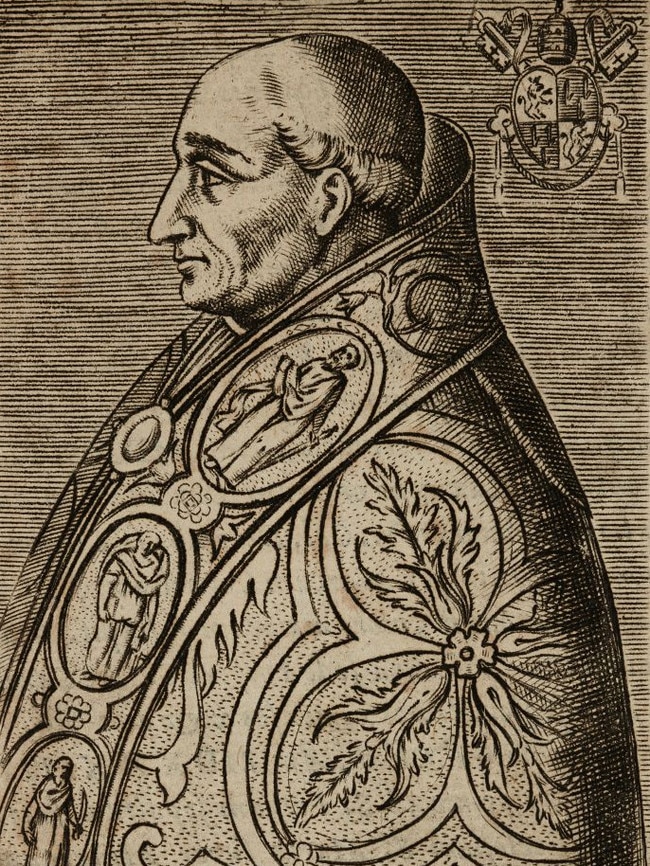
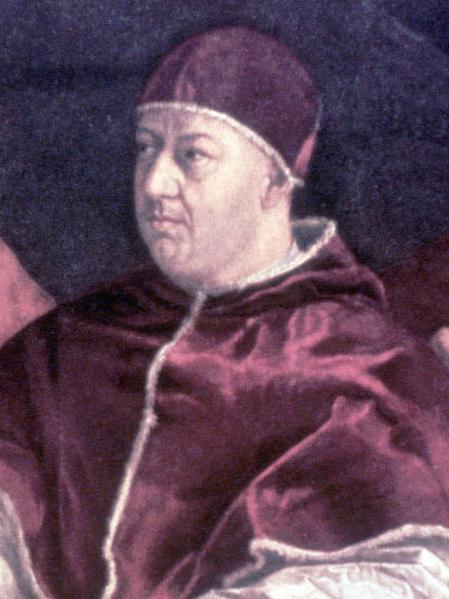
Leo X
March 9, 1513, to December 1, 1521
Famous for the quote, “Since God has given us the papacy, let us enjoy it”, he made Rome a cultural and political hub, but depleted papal coffers. He also excommunicated Martin Luther in 1521.
More Coverage
Originally published as The 267th pope will join a storied list of past heads of the Holy See




